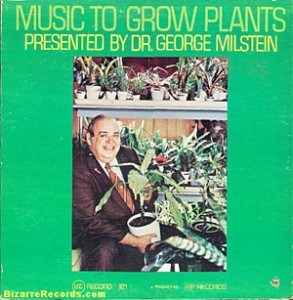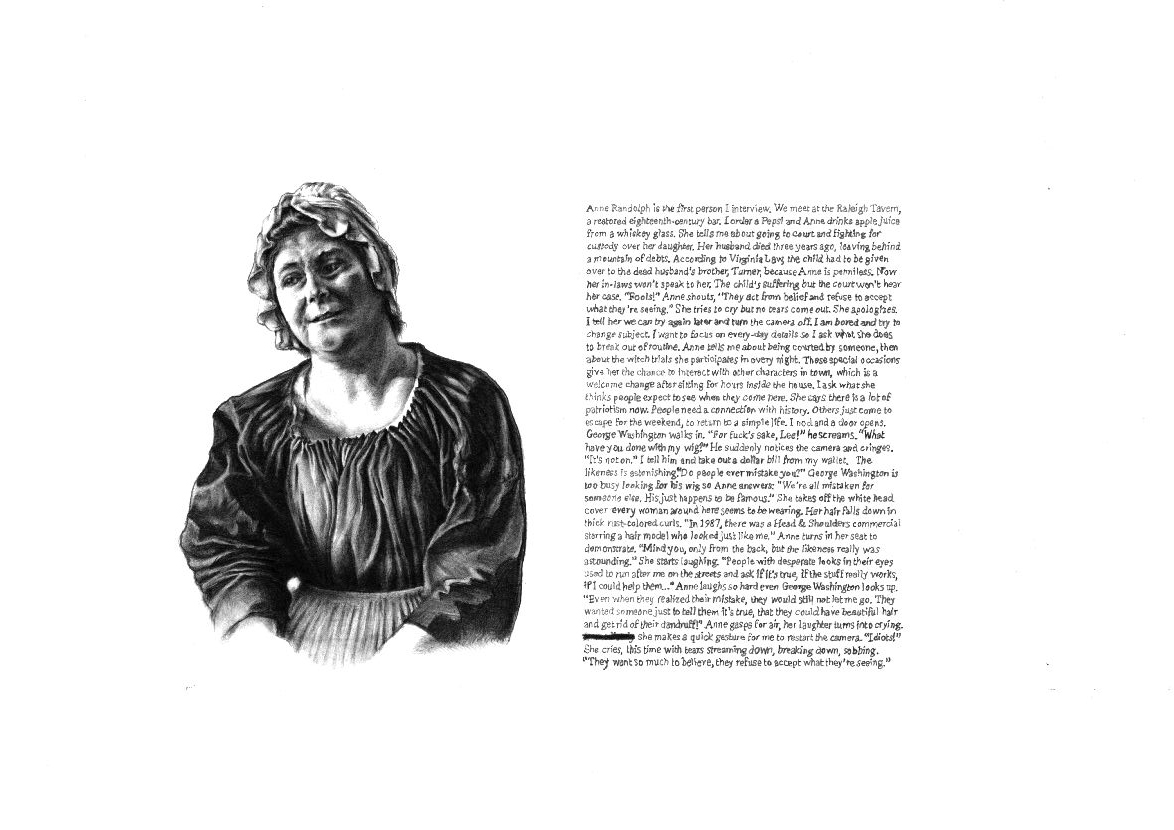Tuesday, March 30, 2010
Trees growing into forest
music: Tom Moody "Yog" and Paul Slocum Treewave "Sleep"
Sunday, March 28, 2010
Thursday, March 25, 2010
Tuesday, March 23, 2010
Inlaws

 "Inlaws" Sugar Maple Bloomfield Connecticut 2009-2010
"Inlaws" Sugar Maple Bloomfield Connecticut 2009-2010This tree was transplanted story upcoming in the theurbancampfire
Monday, March 22, 2010
Momenta Benefit

Aron Namenwirth "peace pipe" pin oak, 3.5x.5x.5 2008-1010 (click on image to enlarge)
save the date Annual Benefit may 26 discount tickets until april 30 | ||||
| Brain Coral. 2010, benefit multiple by Katy Schimert. | ||||
| Order your tickets now for momenta art's annual benefit raffle and auction. All tickets purchased before april 30 will receive a $50 discount.
Momenta Art presents its fifteenth annual benefit to support its ongoing mission to exhibit the work of emerging and underrepresented artists. A ticket guarantees you a work of art and entrance for two to the silent auction and raffle drawing held at White Columns Gallery on May 26. Tickets are limited to the number of artworks included. Tickets purchased after April 30 will cost $225. | ||||
| ||||
Friday, March 19, 2010
Thursday, March 18, 2010
Wake Up
Welcome
The North Brooklyn Compost Project is a volunteer-run compost pile in McCarren Park, Brooklyn. We were founded in 2004, and today help our nearly 400 members reduce waste and improve soil. Our compost fuels backyards, container gardens, street trees, park land and food gardens. What can your garbage do?Support Us!
Compost Basics
Contact
northbrooklyncompost (at) gmail (dot) comHours
CLOSED FOR THE WINTERMeta
Compost fiends! friends!
We have missed you and your trash this long, dark winter!
Meet us this Thursday, March 18th at 6:30 pm for a 2010 season planning meeting.
On the agenda:
- Screening for Screening: our upcoming t-shirt and tote screening party;
- Site clean up and set up;
- Opening day on May 15;
- Volunteer work schedule for the season;
- Fundraising and outreach;
- You tell us?
See you at Urban Rustic, at Union Avenue and 12 Street (263 North 12th
Street) at 6:30 pm.
Jo and the Compost Core (aka Dirty Dozen)
Wednesday, March 17, 2010
Forest grows inside
 Containers made from found materials, drawers and discarded construction materials.
Containers made from found materials, drawers and discarded construction materials. Collected Sycamore seeds from the fall, wintered inside at 50 degrees in plasic containers. These are all over the place in the city parks collect and diy your forest.
Collected Sycamore seeds from the fall, wintered inside at 50 degrees in plasic containers. These are all over the place in the city parks collect and diy your forest. Red, White, and Pin oak acorns, in coffee cup collection from my various haunts. to dis-spell the rumor, talking to trees or playing music to them helps them grow, spring does not hurt either.
Red, White, and Pin oak acorns, in coffee cup collection from my various haunts. to dis-spell the rumor, talking to trees or playing music to them helps them grow, spring does not hurt either.Mine were fortunate to get a performance from the Spirit Surfers and regular spells of sampling from Tom Moody's electronica. They seem to really like trance, dance, and really loud music.
Also, the worms are really happy composting in the ikea dresser although they would probably
not mind something of quality.
Monday, March 15, 2010
Friday, March 12, 2010
Talk
Talking to Plants

image source: bizarrerecords.com
- source: http://drystonegarden.com/index.php/2009/02/talking-to-plants/
I wonder if Dr. Millstein does any vocals on the album. Probably not. I’ve done some looking around on the internet for information about talking to plants, but never found anything definitive. Anita and I are convinced it works, and a lot of the green thumb gardeners that we know swear by it. I’ve heard of various studies — one where they reportedly hooked up plants to an electrocardiograph and measured the physiological changes when people spoke to them, supposedly the talking caused measurable responses — but I haven’t actually seen any studies, only hearsay. Most of the info on the internet deals with the effect of music, rather than talking.
The idea goes back at least as far as 1848, when a German, Gustav Theodor Fechner, claimed that plants had souls. Fechner was interested in mathematically measuring the relationship between stimuli and sensation, for instance the difference between the weight of an object and the perceived weight of it. I don’t know what kind of experiments he did with his plants, but I picture him shouting at his ficus until it dropped its leaves.
In the 1970’s, a woman named Dorothy Retallack did a bunch of experiments with classical music and hard rock. Led Zeppelin made the plants die.
More recently, Mythbusters tested it out. Their plants were harder rocking that Retallack’s, growing best with death metal. From Wikipedia:
Seven small greenhouses were set up on the M5 Industries roof. Four were set up with stereos playing endlessly looping recordings (as having the MythBusters actually talk to the plants could contaminate the samples with their expelled carbon dioxide): Two of negative speech, two of positive speech (Kari and Scottie each made one positive and one negative inducing soundtrack), a fifth with classical music and a sixth with intense death metal music. A seventh greenhouse, used as a control sample, had no stereo. The greenhouses with the recordings of speech grew better than the control, regardless of whether such talk was kind or angry. The plants in the greenhouse with the recording of classical music grew better, while the plants in the greenhouse with the recording of intense death metal grew best of all.
The rated the myth as “plausible.”
Various other people have tried similar tests, usually finding that plants grow better with music.
ResearchPennState reports on Korean researchers with a possible explanation, finding two genes that respond to sound:
Research supports Marini’s guess. A 2007 paper from scientists at South Korea’s National Institute of Agricultural Biotechnology proposed that two genes involved in a plant’s response to light—known as rbcS and Ald—are turned on by music played at 70 decibels. “This is about the level of a normal conversation,” says Marini. The Korean researchers found differing responses depending on the frequency of the sound. The higher the frequency, the more active was the gene response.
Regarding why plants would have evolved to respond to vibration in the first place, Marini speculates that it may have occurred as a way to help them survive in windy environments. “Plants exposed to wind produce a growth-retardant hormone called ethylene, which causes the plant to be shorter and to have thicker stems. So plants exposed to wind can better survive very windy conditions.”
Other possible explanations include the myth that talking causes you to exhale carbon dioxide on the plants, but the math doesn’t work out for that theory; talking wouldn’t create a large enough quantity of carbon dioxide to have a significant impact. Another explanation is that the talking causes you to pay attention to the plants and their needs, an explanation that seems condescending and dismissive, although probably somewhat true. There must be more to it than that. Plants are much more aware of their surroundings than we realize. A lot of factors go into growing a healthy plant, and science is often far behind the gardeners in identifying those factors. If a ton of gardeners say that talking to plants helps them grow, then it’s a wise move talk to your plants. Not necessarily every plant — I wouldn’t waste my breathe on an agapanthus or even a phormium — but certainly the ones that you really want to see thrive. And I bet that George Millstein album works.
If anyone knows of any legit studies of talking to plants, let me know, I’d be into seeing them.
ryan 2/21
Thursday, March 11, 2010
Monday, March 8, 2010
Friday, March 5, 2010
Clyde Hall's Chestnut tree

 Clyde's American chestnut from Willington Ct. This guy is my oldest childhood friend who I've known since 5. He tells me that the chestnut trees get to about 20 ft. and then implode from inside.
Clyde's American chestnut from Willington Ct. This guy is my oldest childhood friend who I've known since 5. He tells me that the chestnut trees get to about 20 ft. and then implode from inside.
Tuesday, March 2, 2010
Breed
Breeding the Ultimate Chestnut Tree
by Jeremy Elton Jacquot, Los Angeles  on 08. 8.07
on 08. 8.07

Searching for the "holy grail" in American chestnut trees? Then look no further than Meadowview, VA — where a 93-acre plot may hold the future of the once ubiquitous chestnut tree. The last century has been a rough one for the majestic tree: an invasive blight wiped out close to 3.5 billion specimens between 1904 and 1950, and the chestnut has struggled to regain a foothold ever since. With the advent of a new hybrid super-chestnut tree completely resistant to the blight — the so-called "holy grail" of chestnut trees — however, things may finally be looking up for the beleaguered species.
With 120 hybrid saplings already going strong, scientists expect there to be enough "holy grail" nuts by 2010 to begin planting in test sites in natural forests and, by 2015, for there to be enough to begin replanting nationwide. This major boost to the chestnut's fortunes is credited to Fred Hebard, a researcher who has devoted 18 years of his life to hybridize the ideal specimen. After several experiments cross-breeding American chestnut varieties with blight-resistant Chinese varieties, he obtained a tree 15/16ths American (which allowed it to grow tall) with 1/16th Chinese resistance.
With assistance from the American Chestnut Foundation (ACF) and the U.S. Forest Service, full-scale trials are expected to start within 3 years during which thousands of the best "holy grail" nuts will be planted in Kentucky and West Virginia forests. Other chapters are hard at work breeding their own specific varieties of the chestnut to make them better suited to regional weather and soil.
Because even the "fully blight resistant" tree can contract the blight — though it is quite capable of eliminating it — groups such as the American Chestnut Cooperators Foundation are attempting to create a superior genetically engineered version of the chestnut. However, since the tree's genes have not yet been sequenced, its best hope for long-term survival likely lies in the plan adopted by Hebard, the ACF and the Forest Service to gradually replant it across the country.
"We are planting the hope, and making a commitment, that this noble hardwood will be restored to the American landscape and its vital ecological role in our nation's forests," said Dirk Kempthorne, the US Secretary of the Interior.
Via ::The Christian Science Monitor: Chestnut tree poised for comeback (newspaper)



















